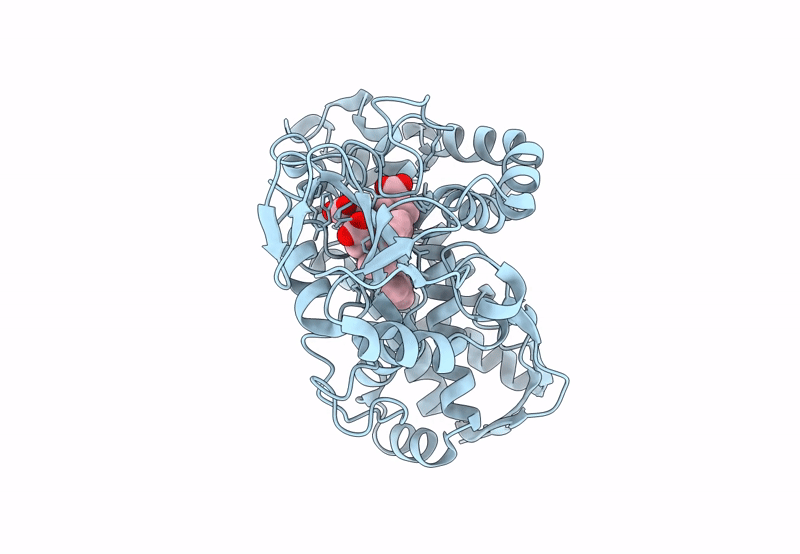
Deposition Date
2023-08-02
Release Date
2023-10-25
Last Version Date
2023-10-25
Entry Detail
PDB ID:
8TNK
Keywords:
Title:
The crystal structure of the T252E mutant of CYP199A4 bound to 4-benzylbenzoic acid
Biological Source:
Source Organism:
Rhodopseudomonas palustris HaA2 (Taxon ID: 316058)
Host Organism:
Method Details:
Experimental Method:
Resolution:
1.79 Å
R-Value Free:
0.20
R-Value Work:
0.18
R-Value Observed:
0.18
Space Group:
P 1 21 1


